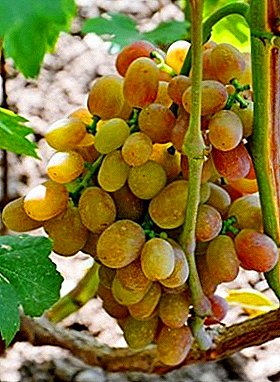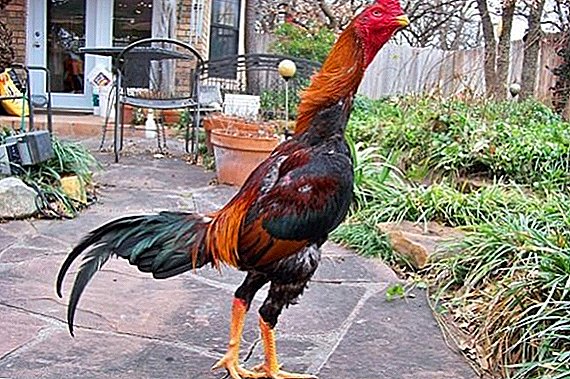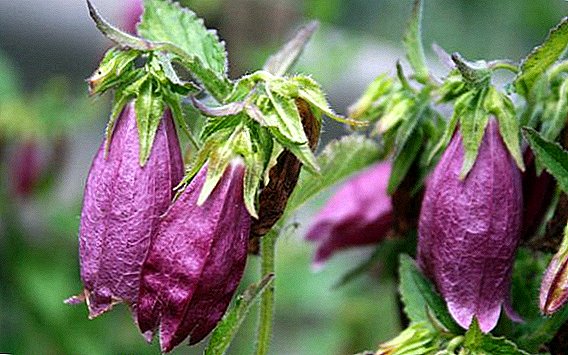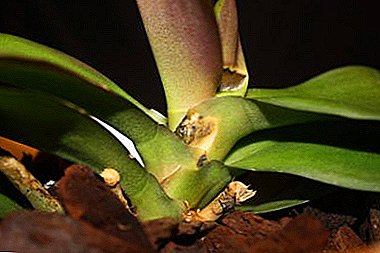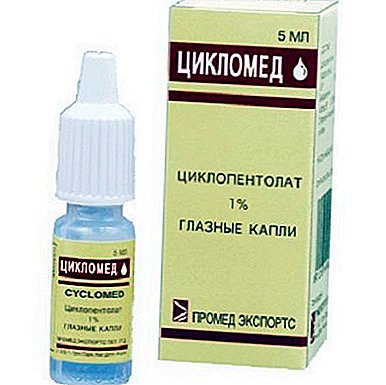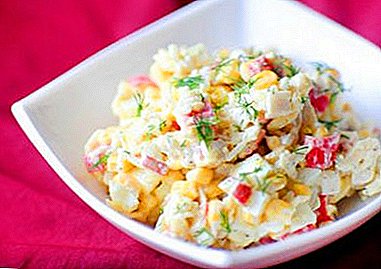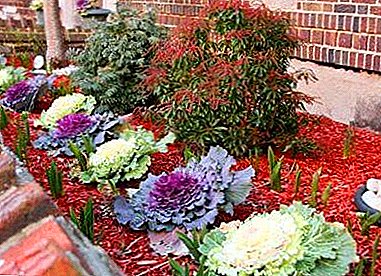
Hoya multiflora is a homely room flower that requires a lot of attention and great care. It responds well to top dressing and has a long flowering. Propagated by cutting.
Hoya multiflora belongs to compact plants. The flower was bred in the 18th century by botanist Robert Brown. The ornamental shrub was named after gardener Thomas Hoy.
This green space can grow both at home and in the wild. Its ornamental shrub prefers the rainforests of Australia, Indonesia, and Hindustan.
Description

It has a bush form. The young growth is upright with thin curly leaves. Emerald leaf color, in length, they reach more than 10 centimeters, in width about 6 centimeters. Cuttings from 1 to 1.5 centimeters.
The venation is distinct, appearing on broad mature leaves. The emergence of leaves on brown stems, more than 1 centimeter. The emergence of umbrellas on peduncles longer than 5 centimeters. Pedicle miniature, elongated, emerald hue. Have 16-22 flowers each in every umbrella. Flower petals sharp, curved back, amber-white hue. Inner surface snow-white with small pink spots. The root system is small.
Transplanting ornamental bush
Young multiflora transplanted as the root system grows. Transplantation of adult bushes is done once every 3-4 years. Every year in the tank it is necessary to change the top layer of the earth. After purchase, an ornamental shrub is planted in a container with a thin layer of drainage. Suitable broken brick, pebbles, expanded clay. The pot should be spacious with free space for the root system of the plant.
To receive lush beautiful plant They try to plant several bushes in the tank.
After landingFor two weeks, for good rooting of the plant, multiflora must be kept in partial shade. In the summertime, the plant prefers window sills on the west or east side. If you put the flower on the south side, then the plant will get severe sunburn, and its leaves will blush and fall. In winter, the time the flower must be specially dosachivat. For this fit incandescent bulbs, fluorescent, LED, high-pressure sodium.
Can be used sandy, black earth, loamy ground. For the transplantation of a young Hoya, peat, vermiculite, and purchased soil are mixed in equal proportions.
Hoya multiflora care at home

From early spring to late fall intensive growth. Therefore, Hoye multiflora is necessary to ensure active and proper watering. It is necessary to water a bush daily, after drying up of the earth. The plant is watered carefully, 2-3 cups at a time.
In late autumn, watering is reduced. up to once every 3-4 days. Multiflora does not like stagnant water, so it needs a good drainage system. Water for irrigation should be warm without chemical impurities. In a small container, the earth dries quickly, this can lead to a large drop of leaves.
Since Hoya is brought from the rainforest, she prefers high stable air humidity. Ornamental shrub requires daily spraying with warm water. The spraying procedure should be carried out twice - in the morning and closer to the night. Ornamental shrubs do not like being close to batteries and heating devices. The dormant period of the plant comes with a short daylight.
If this procedure is not followed, the flowering of Hoya will be dull, non-aromatic and short-lived.
Features of the plant
Flower plantations love room temperature from 20 to 25 ° C. Hoya multiflora does not tolerate sharp drops and fluctuations in temperature. It is not recommended to take it out to the balcony, to the greenhouse or garden during the summer time. Due to the unstable temperature of the flower may appear brown spots, the leaves will fall off.
With a long stay in uncomfortable conditions of the bush, the plant may die. Top dressing is made from the middle of spring at the end of summer. The procedure is performed once per 3-4 days. Purchased mineral fertilizers - micro, salt, nitrogen, phosphate, potash - are best suited. The pet responds well with abundant flowering to nutrient fertilizers and fertilizing. Its reproduction is done by cutting. Stems choose with two leaf pairs. Such cuttings grow well and root well. Growing at home can have a stalk with one interstitial, but its survival and flowering will be much slower. For this procedure, you must choose last year's shoots. The leaves of the flower also give roots, but such a bush will not grow and bloom. Cut the stem should be put in the water at room temperature. After that, it is dipped into the root and wet substrate. For good rooting and create a greenhouse atmosphere, planting is covered with a bottle or glass jar.
Blooming and pruning flower

Multiflora is translated as a rich flowering bush. Flowering stable, annual. Occurs in spring and summer. By the time long lasts more than one and a half weeks. New flowers may appear on old peduncles.
The young bush is blooming 9-12 months after landing in the ground. Its smell is fragrant, delicate, floral. To hoya bush, the top of the main trunk must be carefully cut. The action is made after the occurrence of the fourth sheet.
Pruning of the crown is held in the autumn period of time annually after full flowering. With a stable pruning plant becomes lush and beautiful. The number of peduncles increases significantly. It is important to know that during the formation of the crown can not touch short shoots. On such stems can be laid a large number of flower stalks. Flower growth is slow. Lifespan 15 years.
Diseases and pests
The flower may be infected with pests: aphids, spider mites, scutes, whiteflies, mealybugs. When a pest is found, its leaves are washed with soap and water under a tap. Then it is necessary to process a special solution. To do this, suitable insecticides, both purchased and made at home. Tar soap mixed with a decoction of field herbs. You can also apply potassium permanganate solutiondiluted with water in the proportions of two teaspoons per ten liters of water.
The flower does not grow in the southern part, does not tolerate strong sunlight. Responds well to fertilizer. Blooms annually, has a pleasant floral and lemon scent.
A photo
Next you can see the photo of Khoi Multiflora:




Useful materials
Below is a list of articles that may be of interest to you:
- Types of hoya:
- Hoya Australist
- Hoya Karnoza
- Hoya kerry
- Hoya Compact
- Hoya Lacunosa
- Hoya Linearis
- Hoya Obovata
- Hoya Lovely
- Care Hoya:
- Breeding hoya
- Bloom hoya


